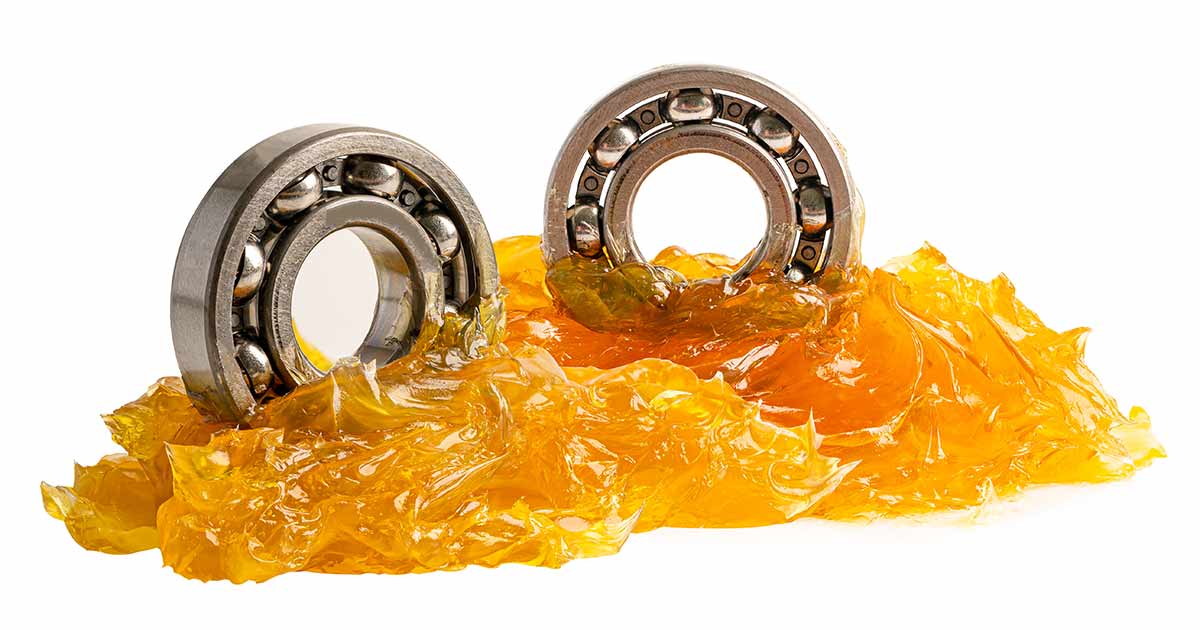

As familiar examples, viscosity is used to describe the thickness of water, honey, and other food ingredients the creaminess of hand cream the smoothness of ink etc. Its expression varies depending on the material and the application.

The mass (or weight) of a fluid is determined by gravity. What is viscosity Viscosity refers to the stickiness of a fluid. Therefore, we say that steel has a greater density than ice cube. They may be the same size, but the steel cube weighs more than the ice cube. Think about an ice cube and a cube of steel. The Viscosity Measuring Unit ViscoClock, an electronic, automatic flow-time meter, can be used in combination with a SCHOTT Ubbelohde, aMicro Ubbelohde and a. Dynamic (cP) / Density = Kinematic (cSt)įor a given sample, with a density greater than one, dynamic viscosity will always be the higher number.ĭensity is the ratio of the mass (or weight) of the sample divided by the volume of the sample.Kinematic (cSt) x Density = Dynamic (cP).Density actually provides a way to convert between a kinematic and a dynamic viscosity measurement. The unit of measure of kinematic viscosity is Centistokes (cSt).Ī basic difference between the dynamic and kinematic viscosity measurements is density. Viscosity can also be defined as the property of a fluid due to which it offers resistance to the movement of one layer of fluid over another adjacent layer. A real fluid has no viscosity but it is nonexistent. The time is converted directly to kinematic viscosity using a calibration constant provided for the specific tube. Viscosity Unit is the property of a fluid which determines the amount of resistance to a shearing stress. There are several ways to find the kinematic viscosity of a fluid, but the most common method is determining the time it takes a fluid to flow through a capillary tube. There are also non-SI metric units for the measurement of. Put another way, kinematic viscosity is the measure of a fluid’s inherent resistance to flow when no external force, except gravity, is acting on it. In the international system of units (SI), the dynamic viscosity is measured in Pascal-seconds Pas. The other way is to measure the resistive flow of a fluid under the weight of gravity. One way is to measure a fluid’s resistance to flow when an external force is applied. Water at 20 ☌ has a kinematic viscosity of about 1 cSt. In the SI system of internally recognized units, kinematic viscosity has the units: meter2/second. Other units are: 1 St ( Stoke) = 1 cm 2/s = 10 −4 m 2/s. Usually, centistokes (cSt) is used (1 cSt 0.01 St 1 mm2/s). The SI unit for kinematic viscosity is one meter squared per second and is equivalent to 10,000 St. The SI unit of the kinematic viscosity is m 2/s. The cgs unit of kinematic viscosity (one centimeter squared per second), is called one stoke (St). The kinematic viscosity is the ratio between the dynamic viscosity and the density of a fluid.


 0 kommentar(er)
0 kommentar(er)
